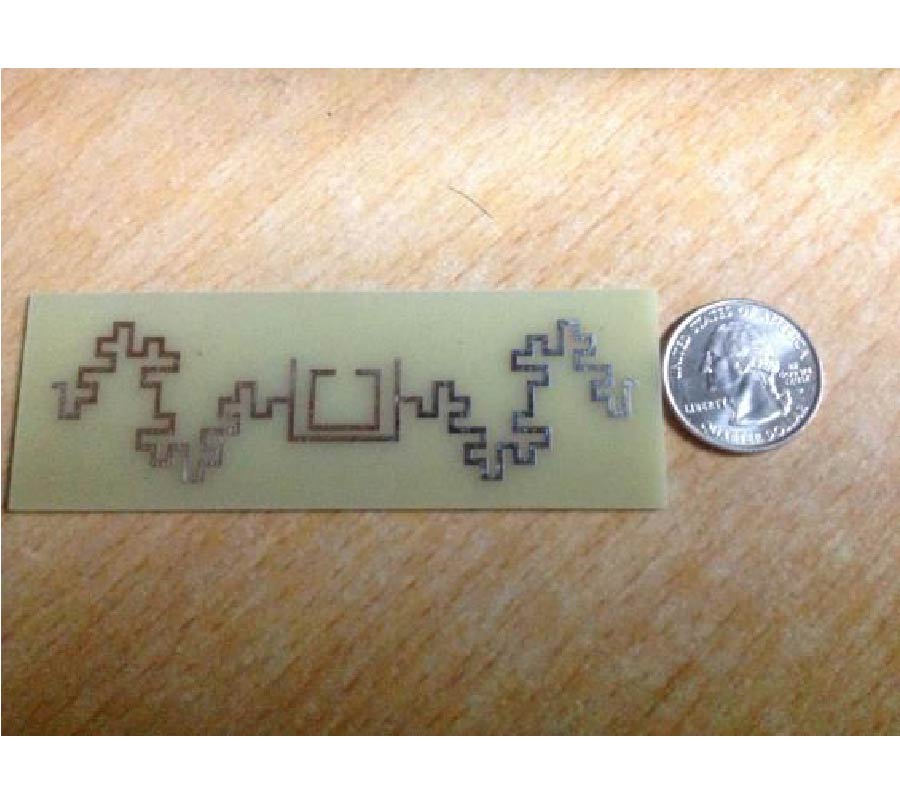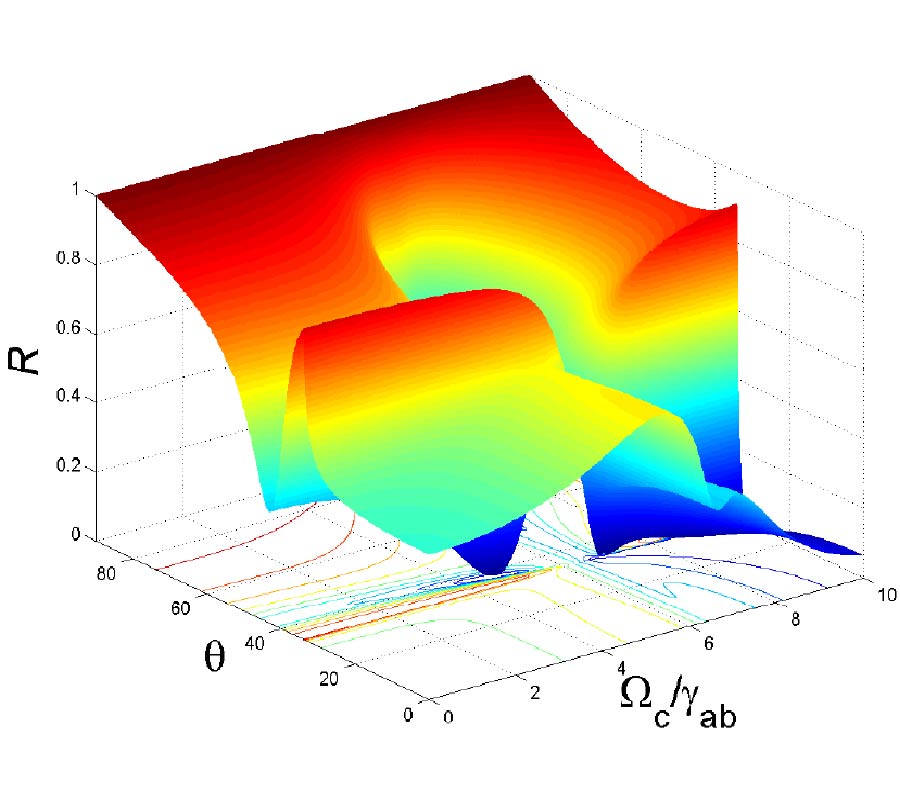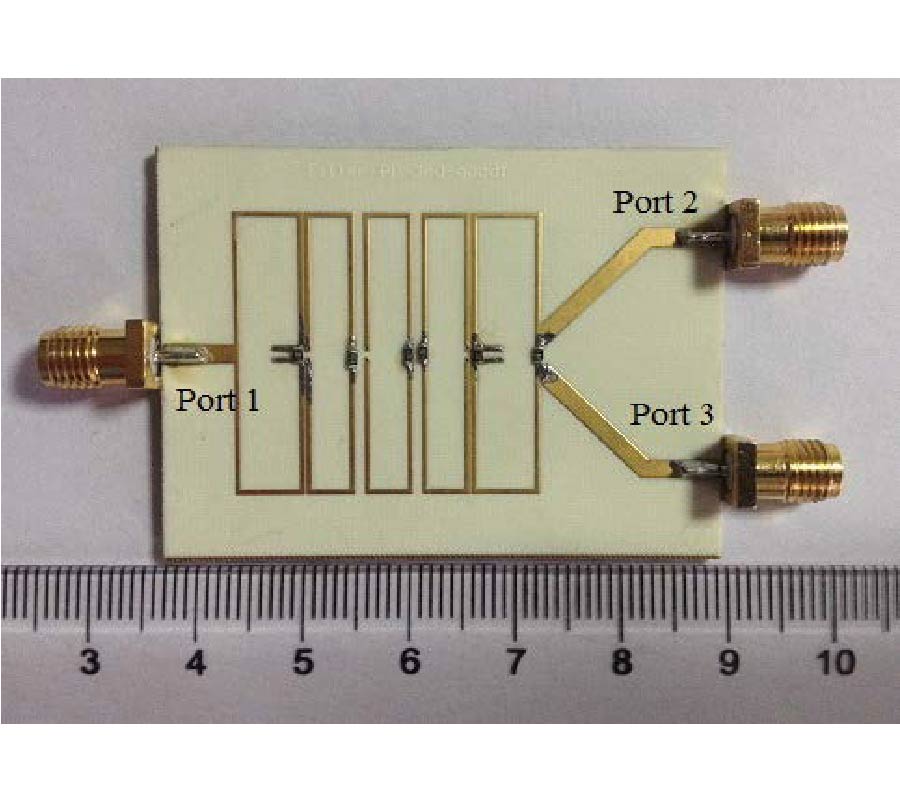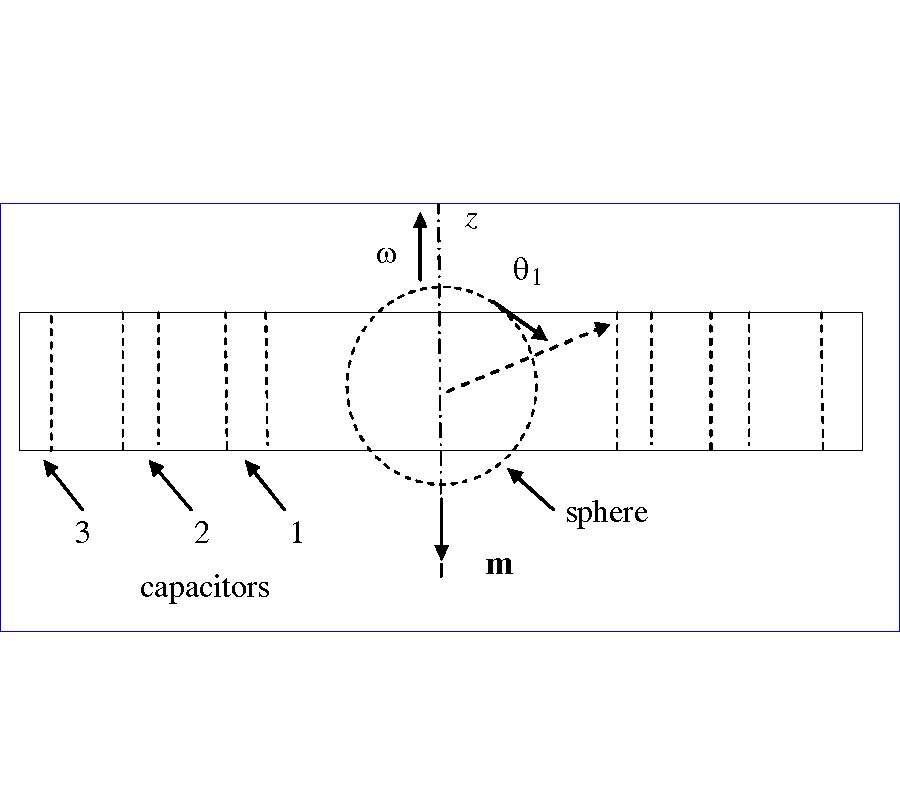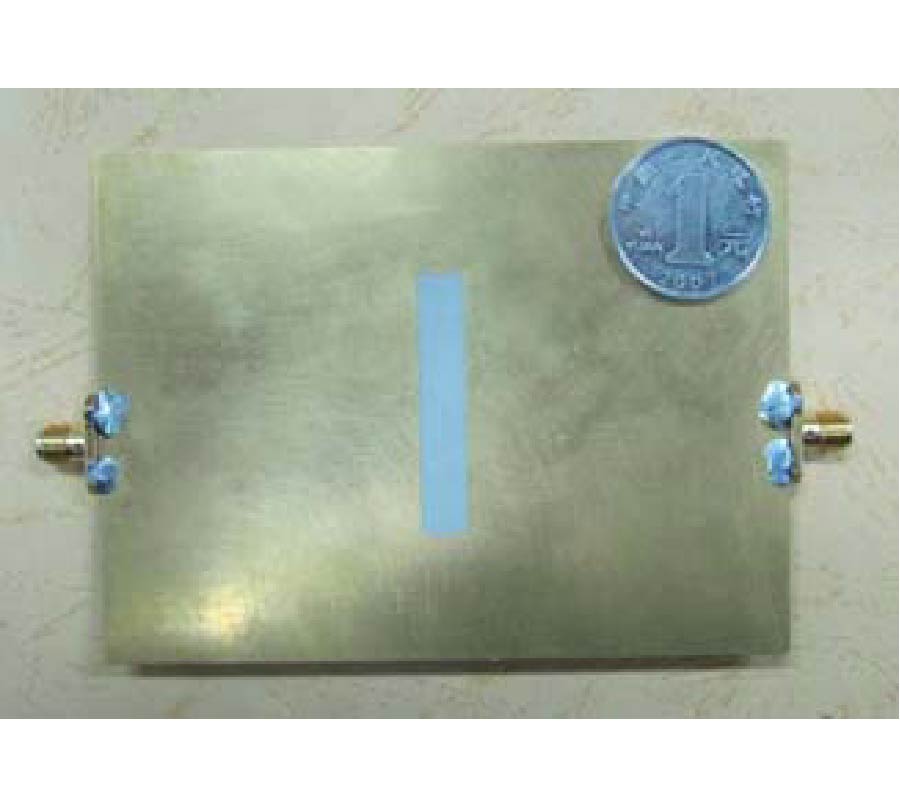A Novel Face-Like Triple-Band Antenna for WLAN/WiMAX Applications
Neng-Wu Liu,
Long Yang,
Zhi-Ya Zhang,
Guang Fu and
Qiong-Qiong Liu
A novel microstrip antenna for triple-band WLAN/WiMAX applications is presented. Based on a face-shaped slot, the antenna consists of a pair of symmetrical eye-like patches, a smiling-mouth-shaped feeding line and a rectangular stub that looks like the fringe. The resonant mode at 3.5 GHz is excited by the basic radiation patch with the face-shaped slot. By adding a rectangular fringe-shaped stub on the top of the radiation patch and a pair of symmetrical eye-like patches without increasing the size of the antenna, the antenna can effectively generate three different resonances to cover the WLAN/WiMAX bands. The measured results show that the antenna has three separated impedance bandwidths for S11<-10 dB of 550 MHz (2.36 GHz-2.91 GHz), 790 MHz (3.27 GHz-4.06 GHz) and 810 MHz (5.07 GHz-5.88 GHz), and the measured gain is above 2.8 dB over the operating band, which can be well applied for both 2.4/5.2/5.8 GHz WLAN bands and 2.5/3.5/5.5 GHz WiMAX bands.



